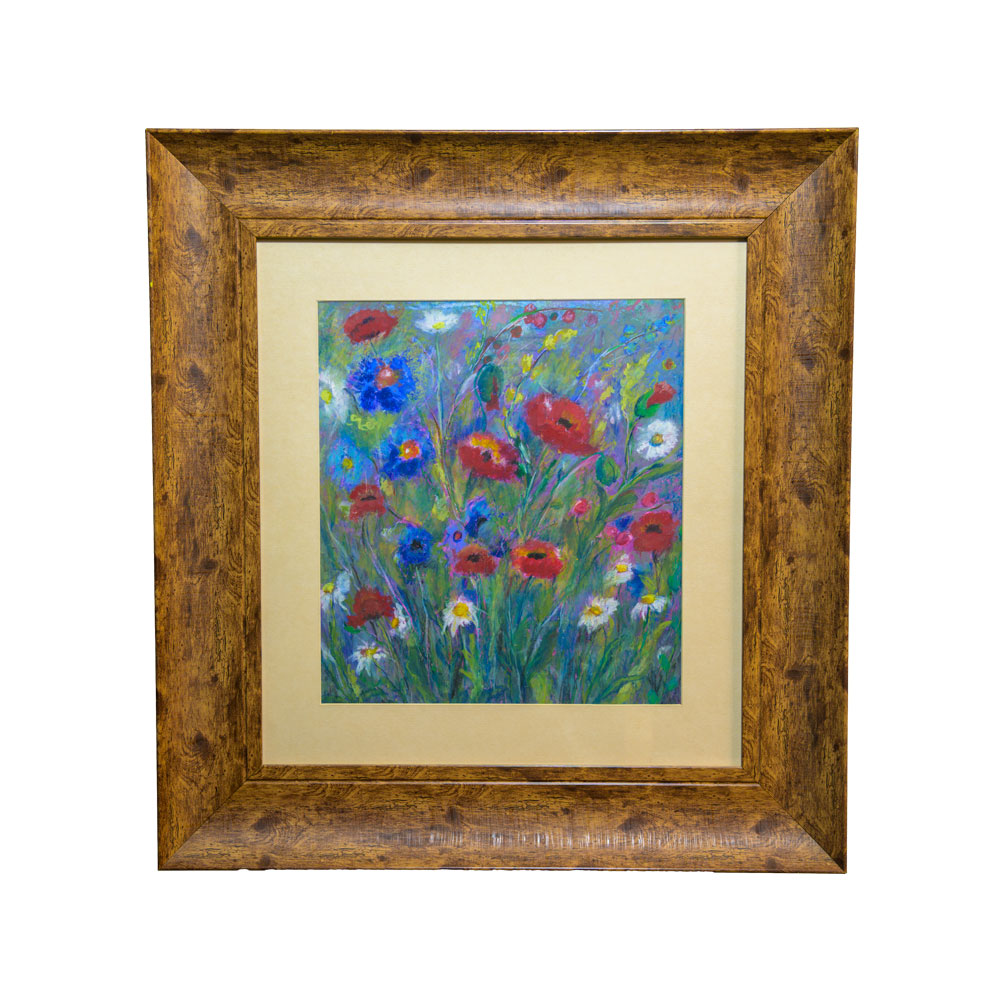Description
Polskie maki by Rysia Skirucha
Auction Ended
Item condition: New
| Weight | 12 lbs |
|---|---|
| Dimensions | 24 × 24 × 5 in |
Auction has finished
Auction failed because there were no bids| May 1, 2024 12:00 am | Auction started | ||
Highland folk vest
Crafted with meticulous care and imbued with the rich traditions of Polish highland culture, the hand-made Polish Highland folk vest is a testament to the artistry and craftsmanship passed down through generations. Each stitch tells a story, weaving together the vibrant tapestry of Polish heritage and identity. Adorned with intricate patterns and motifs inspired by nature and folklore, these vests are more than mere garments; they are symbols of pride and belonging, connecting wearers to their roots and the rugged beauty of the Tatra Mountains. Wearing a Polish Highland folk vest is not just a fashion statement; it is a tribute to the enduring spirit of the highland people and their timeless traditions.
IQ tests worth $1500!
Intelligence tests are assessments designed to measure a person’s cognitive abilities, including problem-solving skills, logical reasoning, memory, and comprehension. These tests often consist of various tasks or questions that assess different aspects of intelligence, and they are commonly used in educational, clinical, and occupational settings to evaluate an individual’s intellectual functioning.
Pearl necklace with agate
Ella K Paris a Jewellery Exhibition Ella K – Elzbieta Klemensowicz was born in 1964 in Bialystok (Poland). She graduated from Fryderyk Chopin Academy of Music in Warsaw, branch in Bialystok. She worked as a Choir Conductor at the Politechnical University in Bialystok and also co-operated with Aleksander Wegierka Dramatic Theatre in Bialystok. Ella K has been residing in Paris and creating unique art and fashion jewellery for nearly quarter of a century. Influenced by the baroque as well as tribal art, she is searching for her own characteristic style, using the most amazing elements – ivory piano keys, the 19th century mourning buttons of black opaque glass, Swarovsky vintage crystals – combined with amber, agate, rock crystal, ammonite, semi-precious stone, shell, pearl, sea bamboo, horn and other. Every piece is absolutely unique and signed by the artist who is praised by such fashion icons as Iris Apfel for her original and elaborate creations. Ella’s masterpieces find numerous prestigious clients from Paris, Warsaw, London, Monaco, Venice to New York, Chicago and Los Angeles.
